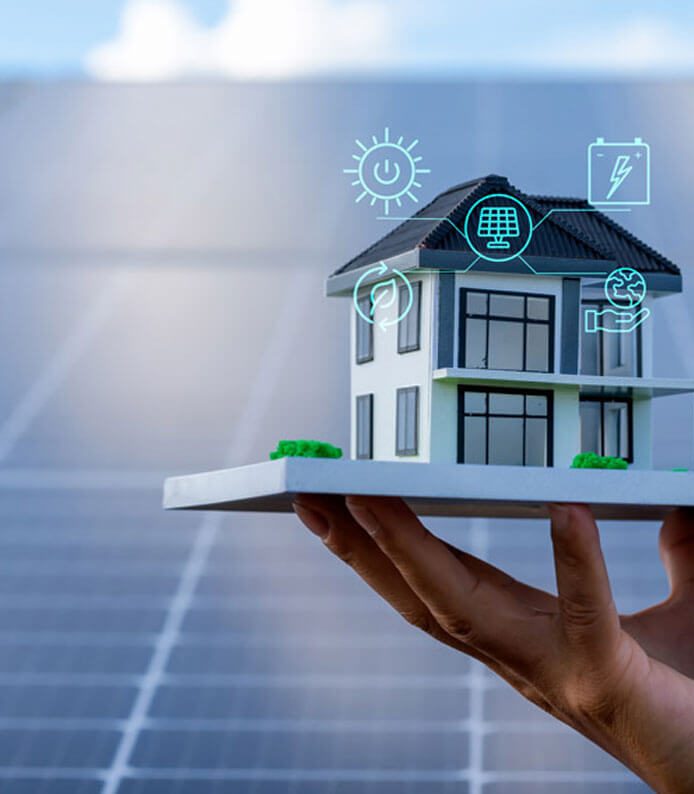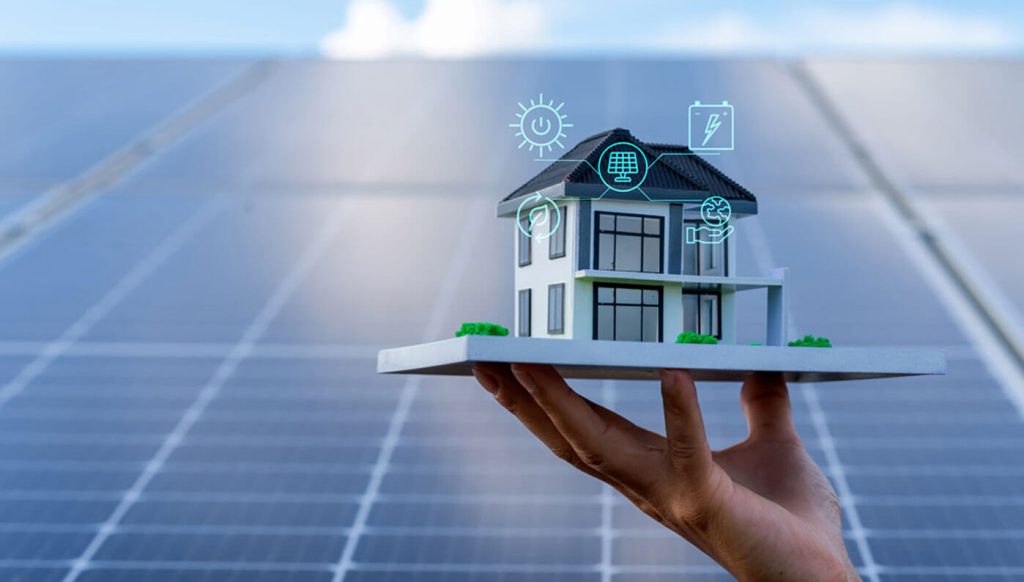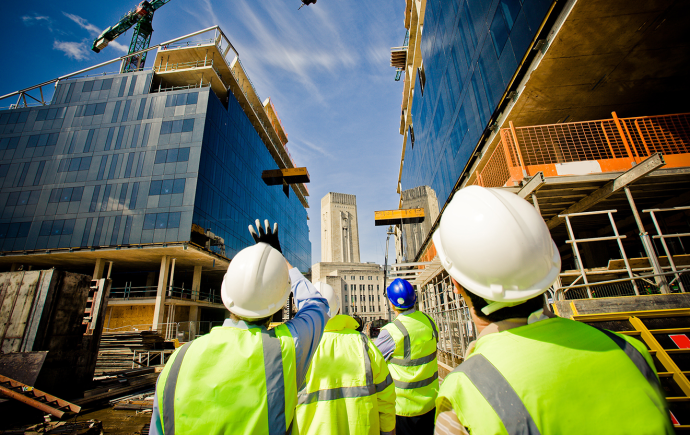
Carbon accounting is a big deal.

As our nation and the global community grapple with climate change, mounting attention is focusing on the impact of the built community. The building sector’s outsized contribution to greenhouse gas emissions is estimated to be a whopping 40% (more later on that figure).
Professionals in the building community – architects, designers, specifiers, builders – are looking for the most efficient, effective way to account for a building’s carbon footprint. Just as accounting firms tally up financials, building pros need to tally up carbon.
It’s not a small task. In some ways it’s getting easier… and in some ways it’s getting more complicated.
For example, building modeling can help us understand the operational carbon impacts – the emissions from operating a building over its lifetime. And product life cycle assessments can provide a snapshot of the carbon invested in building materials to help determine their embodied carbon impacts.
But on their own, neither gives us a full picture of the carbon impacts of the building over time. Combining those two approaches provides a much more accurate picture of the overall carbon impacts.
“Total Carbon” accounting looks at both the operational and embodied carbon impacts of a single material or product, to provide a more holistic view of a building’s components.
But an emerging, more comprehensive approach is “Whole Building Life Cycle Assessment” (WBLCA) accounting, using tools that account for the overall operational and embodied carbon impacts of the entire building’s design and use.
As carbon accounting tools evolve, their complexity increases. Back-of-the-envelope calculations are long gone for dedicated professionals. In their place are multifaceted, often time-consuming and perhaps even confusing computations, requiring an ability to understand complex systems.
But in the end, better data inputs lead to better, more accurate results and better decision-making and design. And this helps drive down greenhouse gas emission while maintaining building performance. Outcomes every building professional strives for.
To more fully understand carbon accounting, WAP Sustainability has authored four pieces of content that can help clarify and simplify carbon accounting for architects, designers, specifiers, builders, product manufacturers and others.
This content is created with the support of the American Chemistry Council.
WAP Sustainability gathered information on seven commonly used tools used to conduct WBLCA and determine carbon impacts. This summary includes a concise description of each tool and a table with a side-by-side chart highlighting characteristics of the tools, based on multiple criteria.
WAP Sustainability walks through the various approaches to carbon accounting, explaining the tradeoffs associated with each. This article describes the level of accounting accuracy in each approach and covers the benefits of moving toward a more holistic approach.
This infographic explores the sources of our current carbon data and the need for these data to be updated/expanded. It also focuses on the role of insulation in the larger carbon impact picture and encourages development of total carbon data to improve our decision making.
Environmental product declarations (EPDs) quantify environmental impact information over the life cycle of a product. This article focuses on the underlying data and analysis needed to develop EPDs. From Life Cycle Inventory databases to Product Category Rules to Life Cycle Assessments and finally to the EPDs themselves, this article looks at the compounding elements that affect the environmental impacts reported in EPDs.
.

The main reasons facility managers should maintain a building envelope are life safety, water tightness and efficiency.

As our nation and the global community grapple with climate change, mounting attention is focusing on the impact of the built community. The building sector’s outsized contribution to greenhouse gas emissions is estimated to be a whopping 40%.

Created by Oracle in collaboration with curators, ‘Future of Energy,’ aims to help visitors better understand how they use energy, ways to conserve it, and their role in building a clean energy future. On view through July 6, 2022, “FUTURES” is the Smithsonian’s first major building-wide exploration of the future.